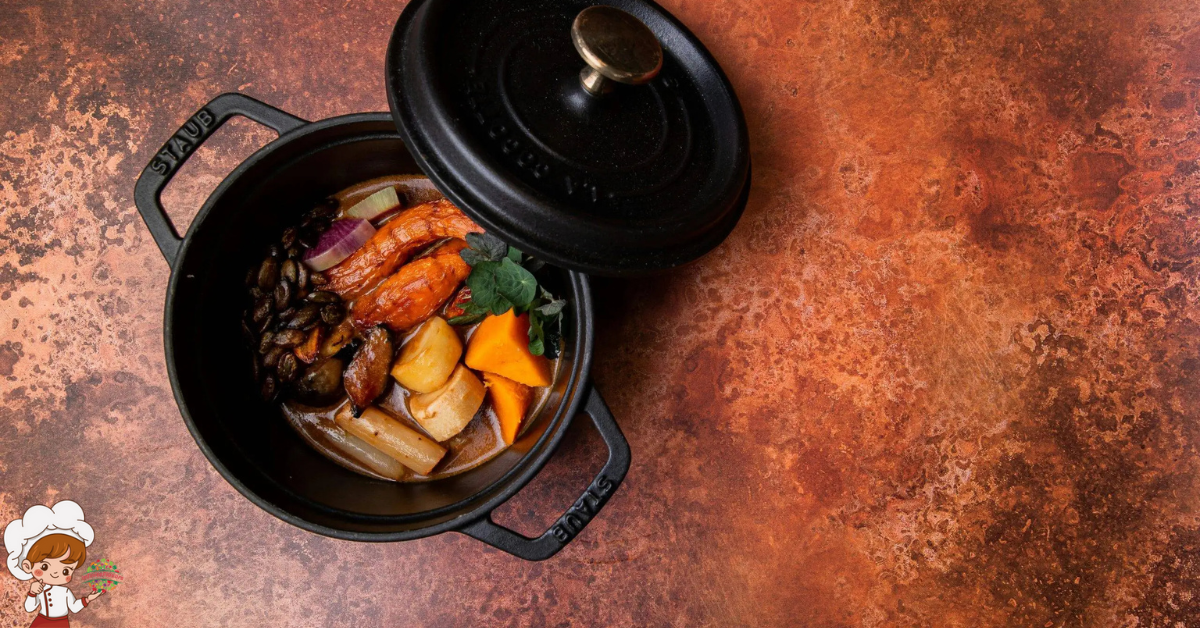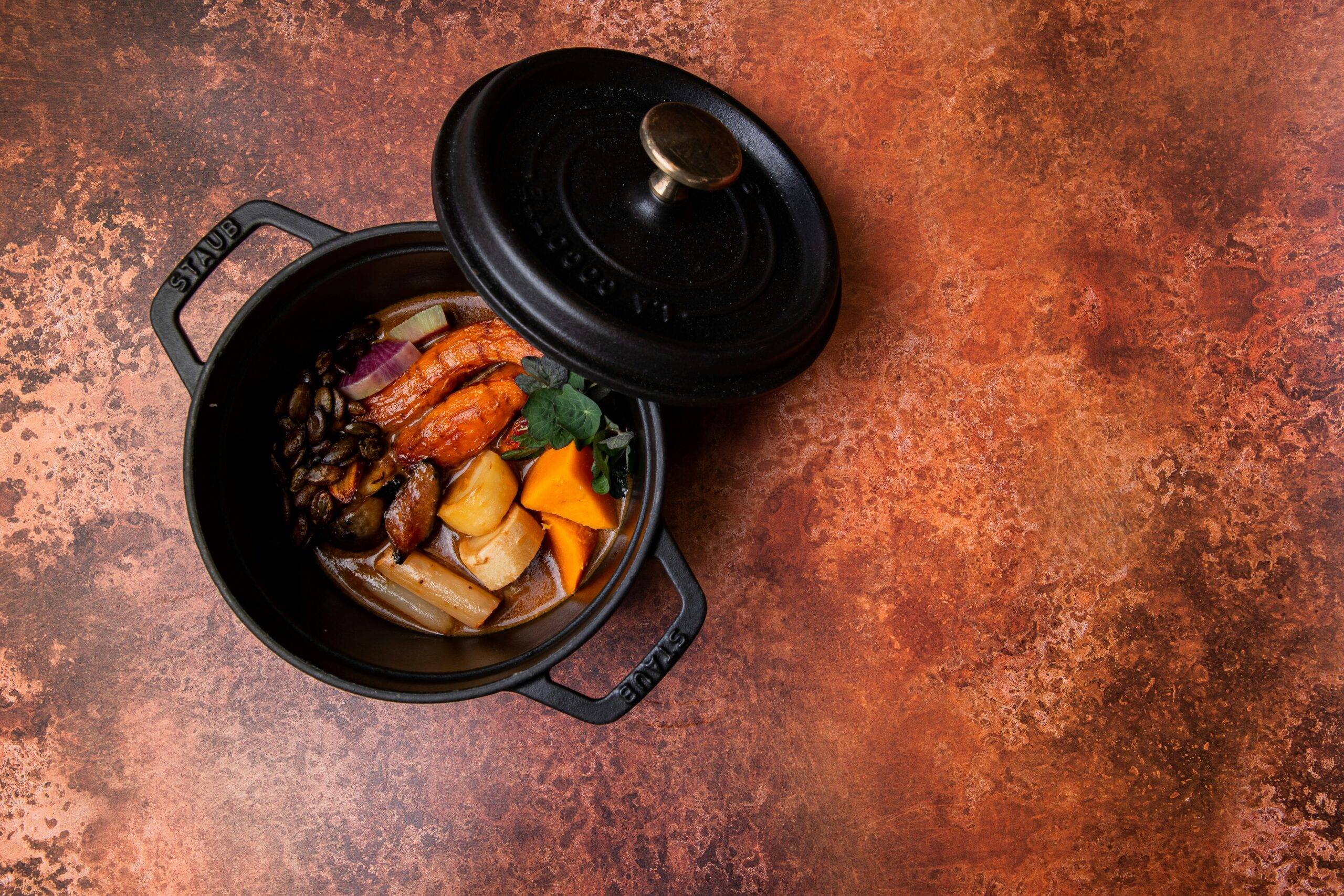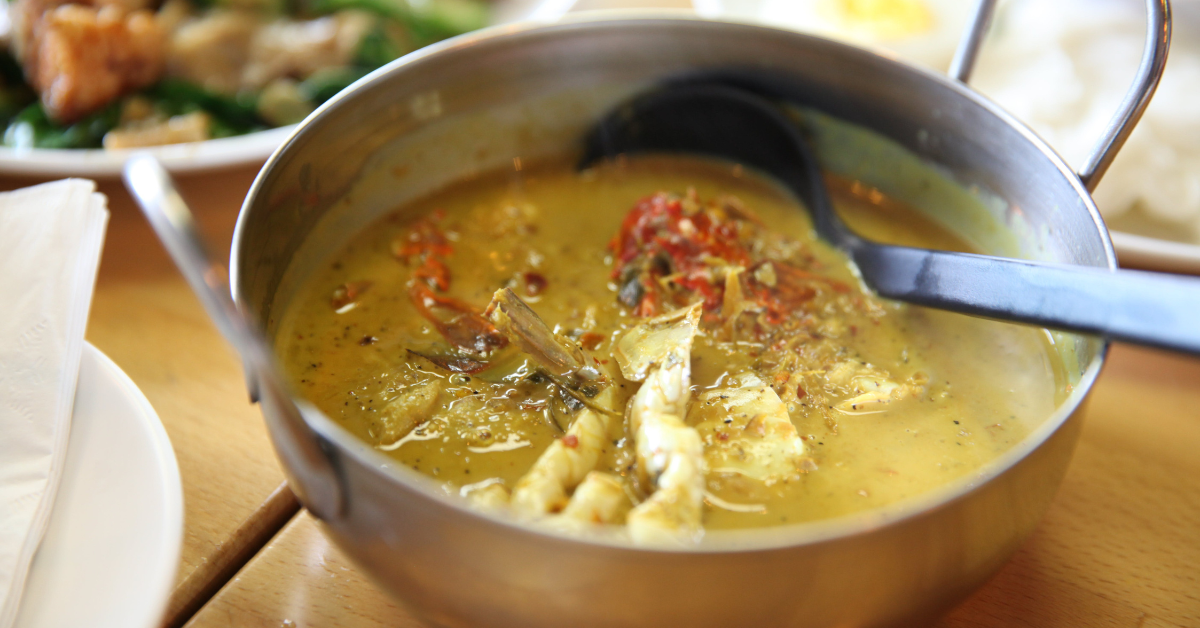Irish Stew: An Exciting Taste of Ireland’s Culinary Heritage

Irish stew, a hearty and comforting dish, holds a special place in the culinary tradition of Ireland. Rooted in the country’s history, this simple yet flavorful stew reflects the resourcefulness of the Irish people and the agricultural abundance of their land.
Origins in Irish Farming Communities:
The origins of Irish stew can be traced back to the rural farming communities of Ireland, where it was a staple dish for centuries. Traditionally, Irish stew was made with simple and readily available ingredients: lamb or mutton, potatoes, onions, and sometimes carrots. These ingredients were affordable and abundant, making Irish stew a popular and nourishing meal for families across the country.
Evolution Over Time:
As Ireland’s culinary landscape evolved, so did the recipe for Irish stew. While the basic ingredients remained the same, regional variations emerged based on local preferences and ingredient availability. Some versions of Irish stew include additional vegetables like carrots, turnips, and parsnips, adding depth of flavor and nutritional value to the dish.
Origins in Irish Farming Communities:
Irish stew finds its origins deeply embedded in the rural farming communities of Ireland, where it was a fundamental part of daily life for generations. Dating back to the 18th century or possibly even earlier, this iconic dish was born out of necessity and resourcefulness, reflecting the agricultural landscape and culinary traditions of the Irish countryside.
In these farming communities, where self-sufficiency was essential, Irish stew emerged as a practical and hearty meal that made the most of the ingredients readily available on Irish farms. The primary components of traditional Irish stew include lamb or mutton, potatoes, onions, and water or broth. These ingredients were commonly found on Irish farms, making the dish accessible to farmers and their families.
The Role of Potatoes:
Potatoes played a particularly significant role in the evolution of Irish stew. Introduced to Ireland in the late 16th century, potatoes quickly became a staple crop due to their versatility, high yield, and nutritional value. For many Irish families, potatoes formed the foundation of their diet, providing sustenance through the harsh winters and lean times.
In Irish stew, potatoes served multiple purposes. Not only did they add substance and bulk to the dish, but they also helped thicken the stew as they cooked, creating a rich and hearty texture. Additionally, potatoes were an economical ingredient, allowing farmers to stretch their food supplies and feed their families affordably.
Influence of Farming Practices:
The agricultural practices prevalent in Ireland also influenced the development of Irish stew. Sheep farming, in particular, was widespread across the country, with sheep valued for their wool, milk, and meat. As a result, lamb and mutton became integral components of Irish cuisine, including the iconic Irish stew.
Additionally, the use of simple cooking methods, such as stewing, simmering, and slow cooking, reflected the practicalities of farm life. Irish stew was often prepared in large pots over open fires or on stovetops, allowing for long, slow cooking times that tenderized tough cuts of meat and melded the flavors of the ingredients together.
Cultural Significance:
Beyond its practical origins, Irish stew holds deep cultural significance for the people of Ireland. It symbolizes resilience, community, and the spirit of hospitality that is synonymous with Irish culture. Throughout history, Irish stew has been shared among family and friends, served at gatherings, festivals, and celebrations, and offered as a gesture of warmth and welcome to guests.
In essence, the origins of Irish stew in farming communities reflect the ingenuity, resourcefulness, and enduring spirit of the Irish people—a legacy that continues to be celebrated through this beloved culinary tradition.
Historical Context:
The history of Irish stew is intertwined with the socio-economic and cultural landscape of Ireland, reflecting the challenges and triumphs of its people over the centuries. To understand the origins of Irish stew, it’s essential to delve into the historical context of Ireland, particularly during the period when this iconic dish emerged as a culinary staple.
Economic Hardships:
During the 18th and 19th centuries, Ireland faced significant economic challenges, including poverty, famine, and land ownership issues. The majority of the population lived in rural areas and relied heavily on agriculture for their livelihoods. However, tenant farmers faced exploitation by absentee landlords and often struggled to make ends meet.
The Irish peasantry, comprised mainly of tenant farmers and agricultural laborers, lived in impoverished conditions, with limited access to nutritious food. Meat, particularly beef and lamb, was a luxury reserved for the wealthy elite, while the rural poor subsisted primarily on a diet of potatoes, dairy products, and whatever small game or fish they could procure.
Potato Dependency and the Great Famine:
The potato played a central role in Irish agriculture and diet, becoming the staple food for the majority of the population. Potatoes provided essential nutrients and calories, allowing families to sustain themselves on small plots of land. However, this heavy reliance on a single crop made the Irish vulnerable to crop failures and famine.
The devastating impact of the Great Famine (1845-1852), caused by the potato blight that destroyed Ireland’s potato crops, cannot be overstated. Millions of Irish people died or emigrated, and those who remained faced dire poverty and starvation. The famine profoundly shaped Irish society and left a lasting imprint on its culinary traditions.
Adaptation and Resilience:
In the face of economic hardship and food scarcity, the Irish people demonstrated remarkable resilience and adaptability. They relied on their ingenuity and resourcefulness to create nourishing meals from whatever ingredients were available. Traditional dishes like Irish stew emerged as a result of this necessity-driven approach to cooking.
Irish stew epitomized the ethos of making do with what one had, using simple, inexpensive ingredients to create a hearty and satisfying meal. By combining readily available ingredients such as potatoes, onions, and inexpensive cuts of meat, Irish families could stretch their food supplies and feed their households.
Cultural Heritage and Identity:
Irish stew became more than just a means of sustenance; it became a symbol of Irish cultural heritage and identity. It represented the resilience, solidarity, and communal spirit of the Irish people, who shared meals with family, neighbors, and visitors as a gesture of hospitality and warmth.
Through its humble origins and enduring popularity, Irish stew continues to embody the spirit of the Irish people and their ability to find comfort and nourishment even in the most challenging of circumstances. It remains a beloved dish that honors the resilience and culinary traditions of Ireland’s past.
Modern Interpretations:
Today, Irish stew continues to hold a cherished place in Irish cuisine, both at home and in restaurants around the world. While traditional recipes remain popular, chefs and home cooks often put their own spin on the dish, incorporating different cuts of meat, herbs, and spices to create unique flavor profiles.

Irish Stew
Ingredients
- 1 1/2 lbs lamb shoulder or mutton cut into chunks
- 4 large potatoes peeled and sliced
- 2 onions sliced
- 2 carrots peeled and sliced
- Salt and pepper to taste
- Fresh thyme sprigs
- 2 cups beef or lamb broth
- Chopped parsley for garnish
Instructions
- In a large pot, layer the lamb or mutton, potatoes, onions, and carrots.
- Season each layer with salt, pepper, and fresh thyme leaves.
- Pour the broth over the layers until the ingredients are just covered.
- Cover the pot and simmer over low heat for 2-3 hours, or until the meat is tender and the vegetables are cooked through.
- Serve hot, garnished with chopped parsley.
Conclusion: Irish Stew
In the rich tapestry of Irish culinary history, Irish stew stands as a testament to the resilience, resourcefulness, and cultural heritage of the Irish people. Beyond its humble ingredients and simple preparation lies a story of survival, adaptation, and the enduring spirit of a nation.
Irish stew emerged from the economic hardships and food scarcity faced by the Irish peasantry, particularly during the tumultuous periods of the 18th and 19th centuries. It was a dish born out of necessity, crafted from humble ingredients like potatoes, onions, and tough cuts of meat, yet it provided sustenance and comfort to countless Irish families.
During the Great Famine, Irish stew became a lifeline for many, offering nourishment and solace in the face of unimaginable adversity. Its enduring popularity speaks to its ability to transcend time and circumstance, remaining a cherished symbol of Irish culinary heritage.
But Irish stew is more than just a meal; it is a reflection of the resilience and resourcefulness ingrained in the Irish psyche. It represents the communal spirit of sharing food, stories, and laughter around the hearth, forging bonds of kinship and solidarity.
Today, Irish stew continues to hold a special place in the hearts of the Irish people and those who appreciate its hearty flavors and rich history. Whether enjoyed in a cozy cottage in the Irish countryside or served in a bustling pub in Dublin, Irish stew remains a quintessential dish that honors the traditions and resilience of Ireland’s past.
As we savor each spoonful of this iconic dish, let us remember the generations of Irish cooks who lovingly prepared it, and the countless souls who found sustenance and strength in its warmth. In Irish stew, we taste not only the flavors of the past but also the enduring spirit of a nation.








